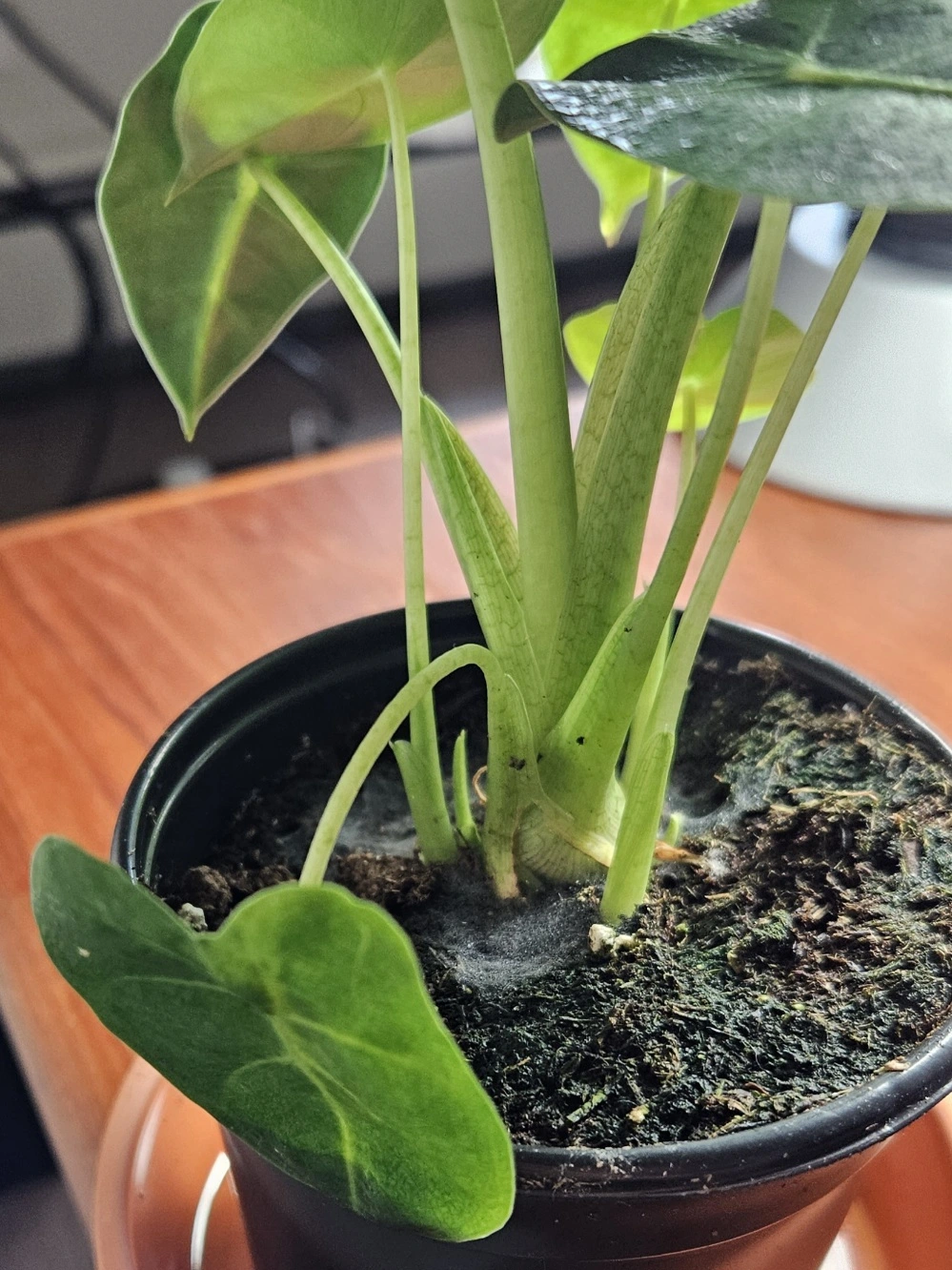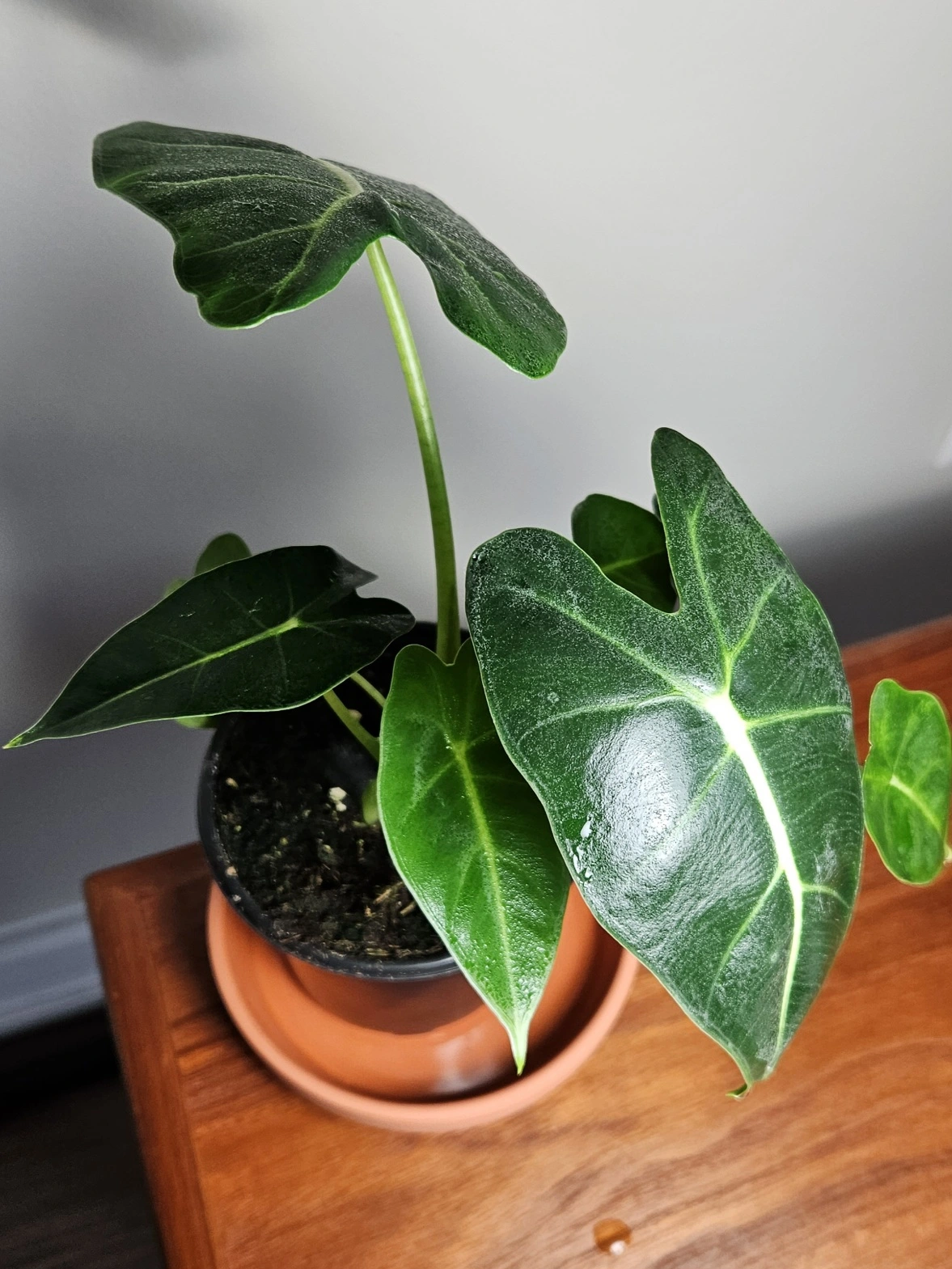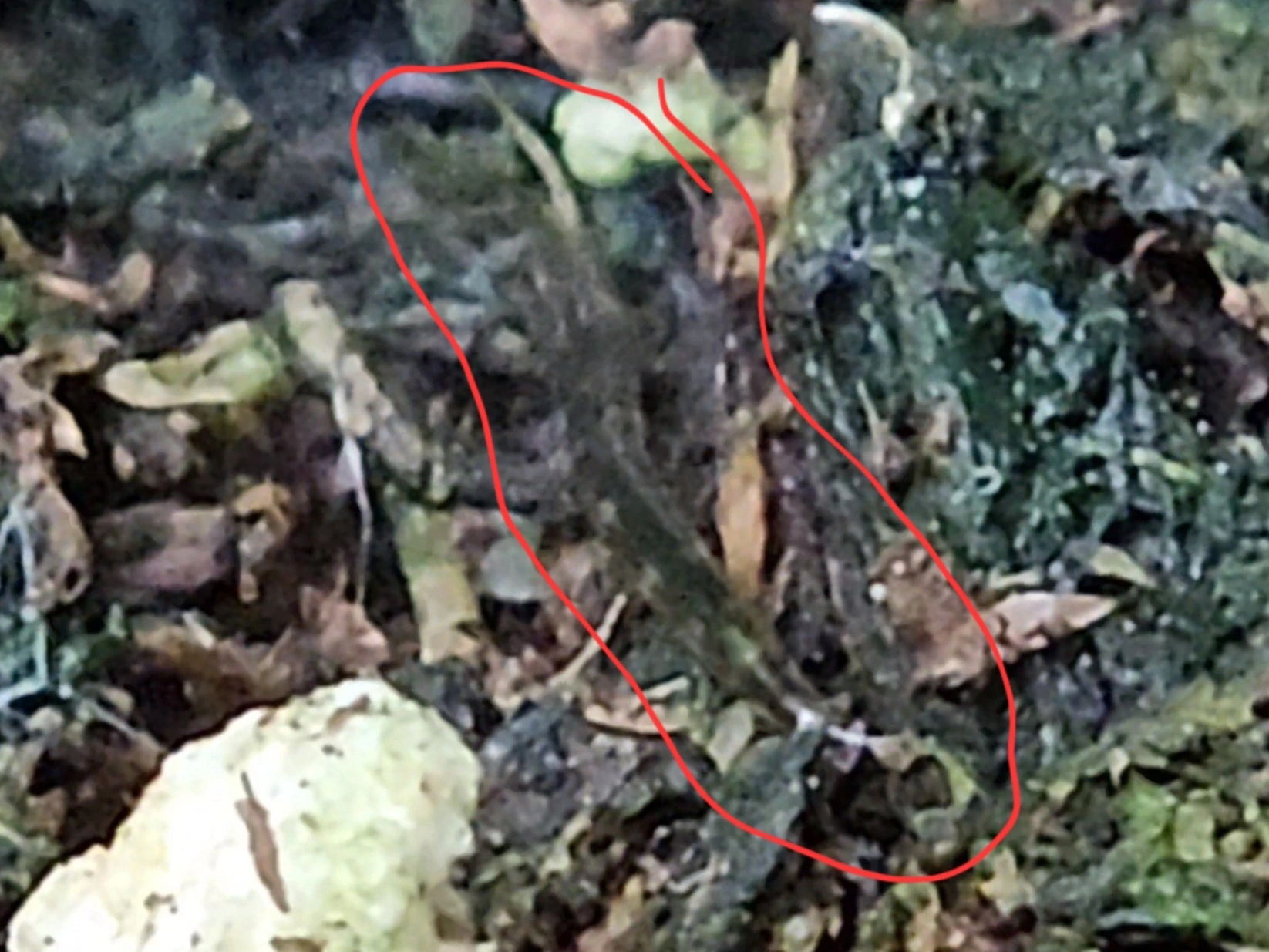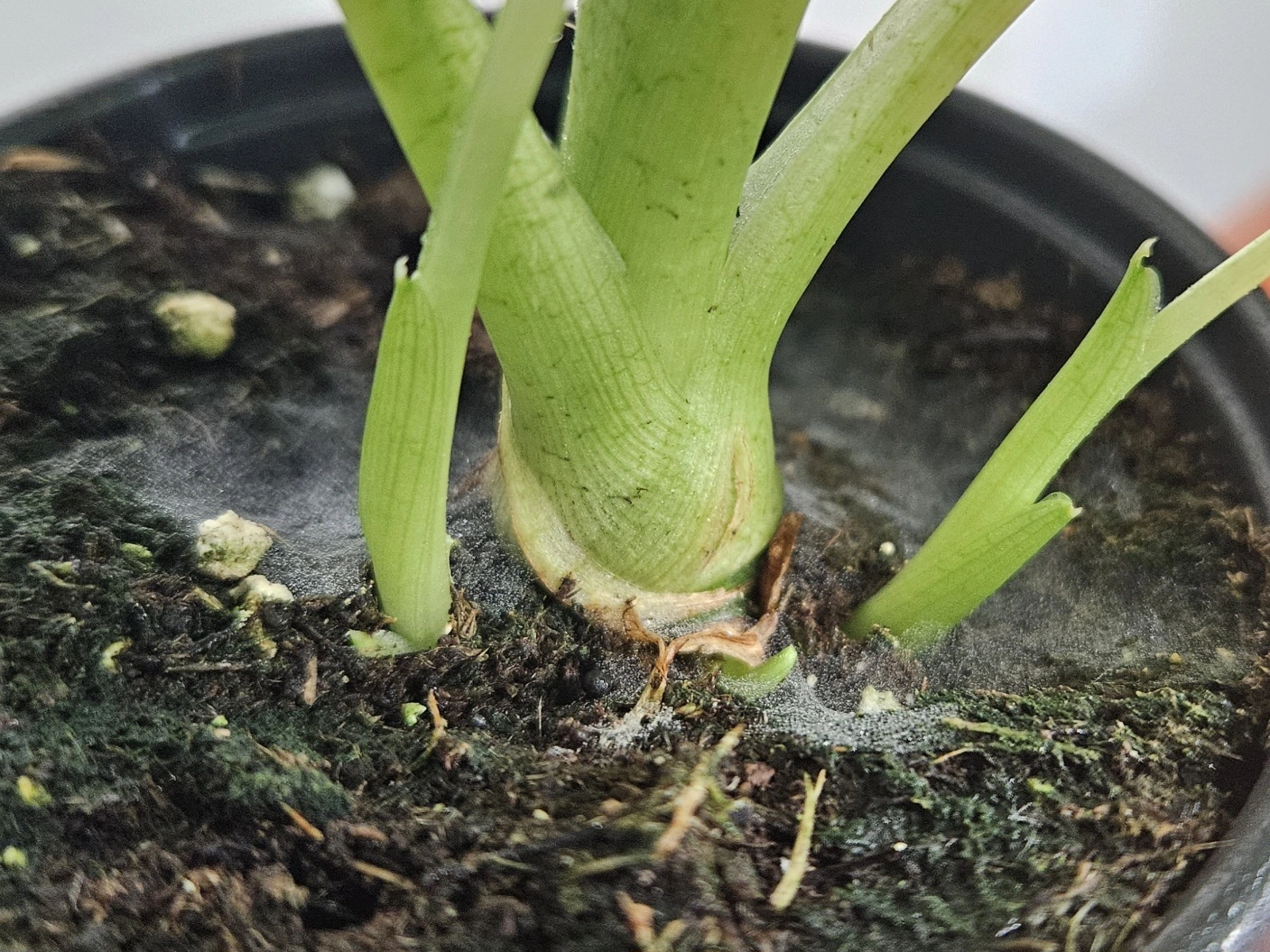Chatgpt can now ingest pictures;
Web-like structures on plants can sometimes be a sign of spider mites, a common pest that affects many indoor and outdoor plants. Spider mites are tiny and often hard to see with the naked eye, but they can cause damage by sucking sap from the plants. Their presence can lead to stippling (tiny pale dots) on leaves and, in heavy infestations, a more noticeable webbing.
To determine if you have spider mites:
- Check the undersides of leaves for tiny moving dots. They are often red, orange, or brown.
- Tap the leaf over a white piece of paper. If tiny moving dots fall onto the paper, it's likely spider mites.
If you confirm the presence of spider mites, there are several measures you can take:
- Increase humidity: Spider mites prefer dry conditions, so misting the plant can help deter them.
- Use insecticidal soap or neem oil: These are natural remedies that can help control spider mites. Follow the label instructions for application.
- Prune heavily infested areas: This can help reduce the population.
Remember to quarantine any new plants for a couple of weeks before introducing them to your plant collection to prevent introducing pests. If the web-like structure isn't due to spider mites, it could be from actual spiders or other causes, which might not be harmful to your plant.



